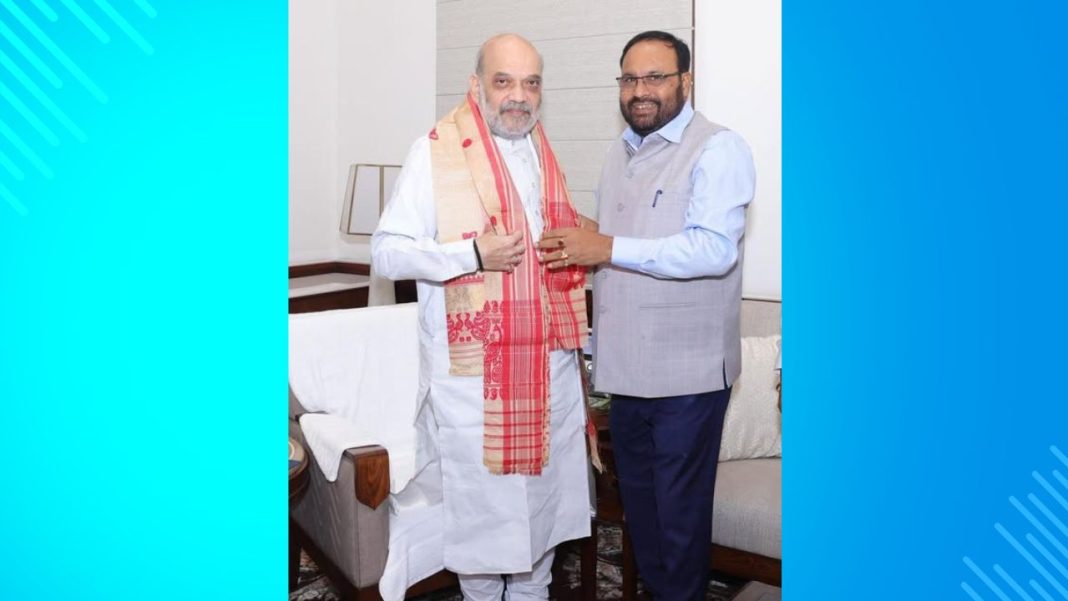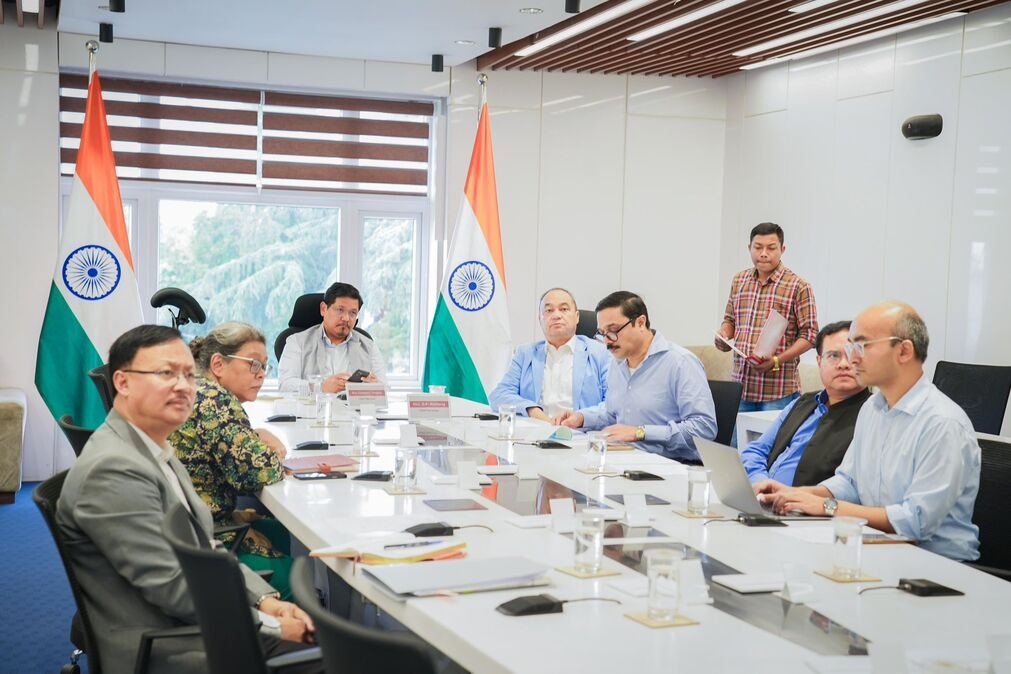Guwahati, July 24: In response to a growing drought-like situation affecting large parts of the state, the Assam government has sought urgent intervention from the Centre. Revenue and Disaster Management Minister Keshab Mahanta met Union Home Minister Amit Shah in New Delhi on Thursday, requesting enhanced financial and institutional support to mitigate the ongoing agricultural crisis.
During the meeting, Mahanta highlighted that 13 districts in southern and central Assam are experiencing unusually low and erratic rainfall, severely impacting paddy cultivation and posing a threat to livelihoods and food security. “Rainfall in July—typically a peak monsoon month—has dropped significantly this year,” he said, warning that without timely aid, the agricultural fallout could be severe.
The minister submitted a formal request for special assistance under the State Disaster Response Fund (SDRF) and urged the immediate release of pending allocations from the State Disaster Mitigation Fund (SDMF).
Union Home Minister Amit Shah assured Mahanta that the Union government is taking the situation seriously and would assess the state’s request with priority.
In addition to emergency relief, Mahanta called for the establishment of a regional campus of the National Institute of Disaster Management (NIDM) in Assam. Citing the region’s high exposure to floods, landslides, and earthquakes, he stressed the need for advanced training infrastructure to enhance preparedness and build a technically equipped disaster response workforce for the Northeast.
“The proposed NIDM campus would not only cater to Assam but also serve as a critical resource for all northeastern states by offering specialized education, training, and research in disaster management,” Mahanta said. He added that the institute would provide technical expertise to state and district administrations, strengthening their disaster mitigation and response capabilities.
To bolster early warning mechanisms, Mahanta also proposed the implementation of cell broadcasting technology in Assam. The system would enable the rapid dissemination of real-time alerts to the public during extreme weather events and other emergencies, significantly improving the state’s disaster communication infrastructure.
The meeting underscored Assam’s dual appeal for both immediate drought relief and long-term resilience-building, as the state grapples with increasingly volatile climate conditions and natural disaster risks.




